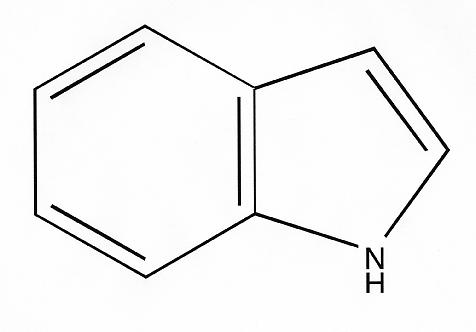
a) nervonic acid (cis-D15-tetracosenoate; 24 C's)2) Increased consumption of w-3 polyunsaturated fatty acids, relatively abundant in fish oils, may help reduce platelet aggregation and thrombosis (blood clotting). Increased consumption of w-6 fatty acids, relatively abundant in corn and safflower oils, usually reduces plasma cholesterol oils. Classify the following fatty acids as either w-3, w-6, or neither.
b) a fatty acid with the designation 14:0
c) vaccenic acid (cis-D11-octadecenoate)
d) trans-D9-hexadecenoate
a) linolenate
b) linoleate
c) arachidonate
d) oleate
e) D8,11,14- eicosatrienoate
3) Draw the structures of the following membrane lipids.
a) 1-stearoyl-2-oleoyl-3phosphatidylethanolmine4) The steroid cortisol participates in the control of carbohydrate, protein, and lipid metabolism Cortisol is derived from cholesterol and possesses the same four fused ring system but with: 1) a C-3 keto group; 2) C-4-C-5 double bond (instead of C-5-C-6 as in cholesterol); 3) a C-11 hydroxyl; 4) a hydroxyl group and a -C(O) CH2OH at C-17. Draw the structure of cortisol.
b) palmitoylsphingomyelin
c) myristoyl-b-D-glucocerebroside
5) Which of each of the following pairs of fatty acids would be expected to have the higher melting point?
a) 12:1 or 12:06) Which of the following terms or statements accurately describe sphingomyelin: a lipid, a fat, a phospholipid, a glycolipid, an amphipathic compound, a steroid, a common membrane component, a chiral compound.
b) 14:0 or 24:0
c) cis-D11-octadecenoate or trans-D11-octadecenoate
d) hexadecenoate or hexadecanoate
7) At pH7, tryptophan crosses a lipid bilayer about 1000 times more slowly than does the closely related substance indole (shown below). Suggest an explanation for this observation.

8) List those amino acids that can be covalently attached to a fatty acid through an ester link.
9) Membrane lipids in tissue samples taken from different parts of a reindeer have different fatty acid composition. Membrane lipids from the tissue near the hooves contain a larger proportion of unsaturated fatty acids than those taken from the tissue in the upper leg. Explain why this should be so.
10) Researchers use detergents to separate membranes into their
component molecules. Explain. Are covalent bonds broken in
the process?
Problem #1